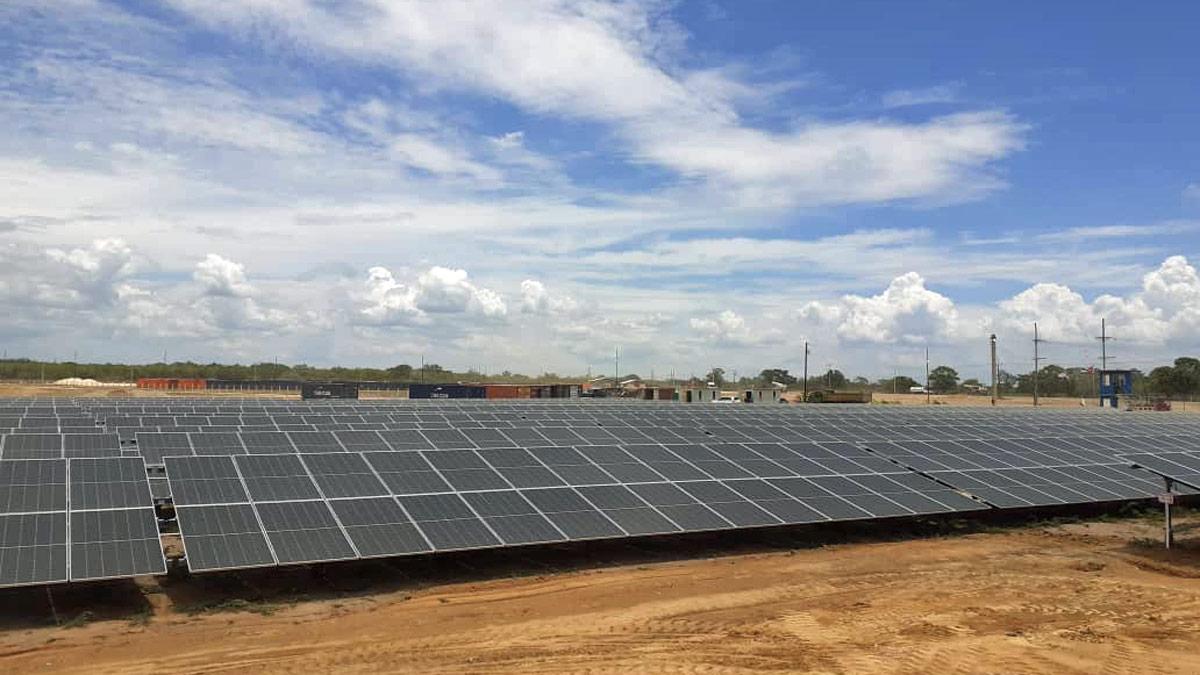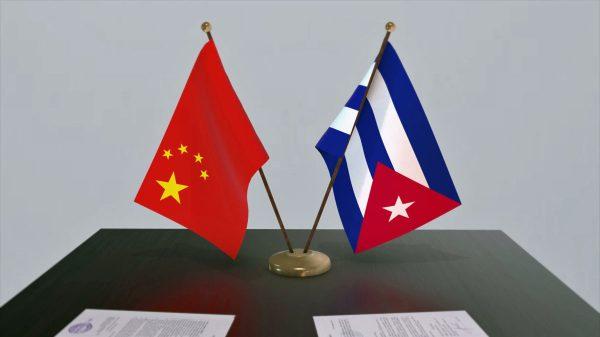Cuba is ramping up efforts to address energy shortages through the expansion of photovoltaic solar parks connected to the National Electric System (SEN).
According to official updates, the country’s solar parks are currently generating approximately 1,503 megawatt-hours (MWh) of electricity, with a maximum output capacity of 440 megawatts (MW). Yesterday, for example, the SEN reported total energy production from the 16 new photovoltaic solar parks was at 1542 MWh, with 440 MW of maximum power delivered at the average time.
The initiative is a key component of Cuba’s broader energy recovery strategy, which seeks to reduce dependence on fossil fuels and mitigate daytime blackouts.
In a recent episode of his podcast, President Miguel Díaz-Canel provided insight into the ongoing electricity challenges. He highlighted a sharp increase:
“Demand on a March day in the morning reached 2,580 MW; however, today’s demand has sometimes reached 3,050 MW. This means that the day’s demand grew by 470 MW.” He noted that the more than 3,000 MW were not usual figures in the country at that time.
“On the other hand, on those days in March, the availability was 1,790 MW; and today we have 1,900 MW. In other words, we have a little more availability than at that time. And in March, then, with those demand and availability ratios, the deficit was 827 MW. Today, the deficit is 1,200 MW. In other words, the deficit has grown in the daytime by 373 MW, which is a considerable growth.”
Meanwhile, energy availability has only modestly improved, from 1,790 MW in March to 1,900 MW. As a result, the daytime energy deficit has grown from 827 MW to 1,200 MW — an increase of 373 MW.
Despite the challenges, there is good news. Solar park infrastructure expansion is beginning to bear fruit. Three new photovoltaic parks — La Carolina in Ciego de Ávila, Mal Tiempo in Cienfuegos, and Hoyo Colorado in Matanzas (currently in the testing phase) — were recently synchronized with the SEN. Each park contributes 21.87 MW, adding to a growing network of 16 operational solar facilities from a total of the 92 planned.
This network, once complete, is expected to generate 2,012 MW of solar capacity, significantly increasing Cuba’s renewable energy.
In Cienfuegos, the recently inaugurated Mal Tiempo park became the province’s ninth operational solar facility, contributing to a total regional capacity of 82 MW. Ciego de Ávila, meanwhile, now has 59.3 MW of installed solar power, with an additional 5 MW plant under development aimed at covering peak midday demand.
International cooperation has bolstered the solar energy push. Donations from the China International Development Cooperation Agency funded many of the new solar parks. Chinese firms — notably the Shanghai Electric Company — are working in partnership with Unión Eléctrica de Cuba to build and equip the facilities.
Speaking on the initiative, China’s ambassador to Cuba, Hua Xin, emphasized the project’s importance in reducing fuel consumption, minimizing energy losses, and contributing to Cuba’s economic vitality.
Despite these advancements, Cuba still faces a substantial shortfall. The country aims to reach 1,200 MW of installed solar capacity by the end of 2025, hoping to close an average daily electricity generation deficit currently estimated at 1,200 to 1,500 MW.
While solar parks are already providing essential relief during daylight hours for some locations, authorities acknowledge that much work remains to achieve full energy stability.

From our staff writers and editors.














